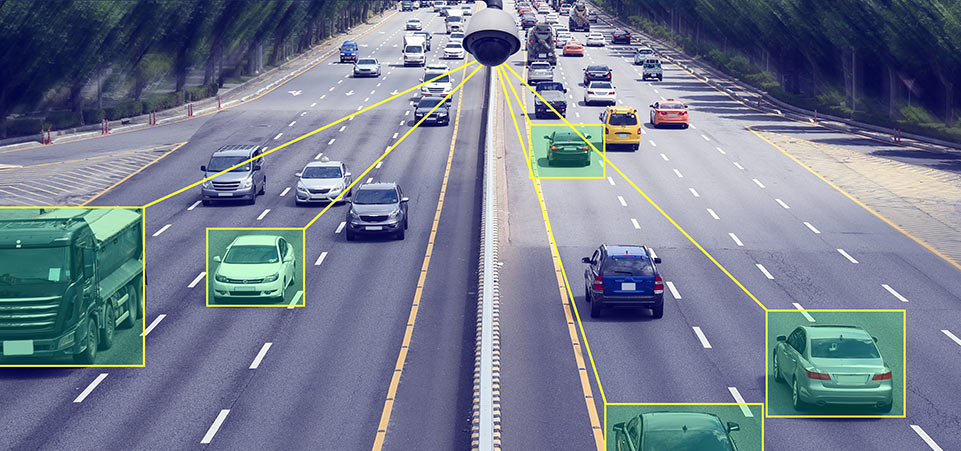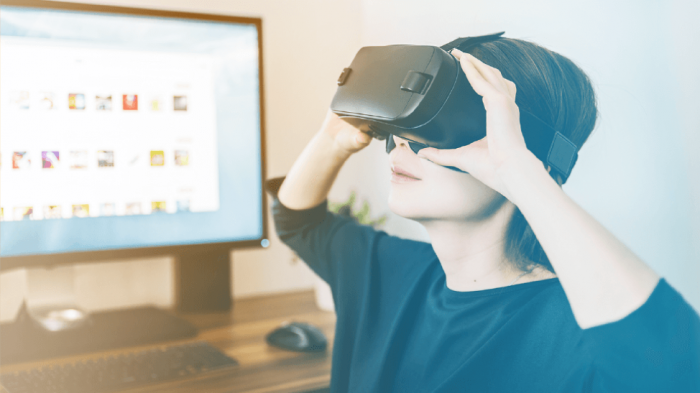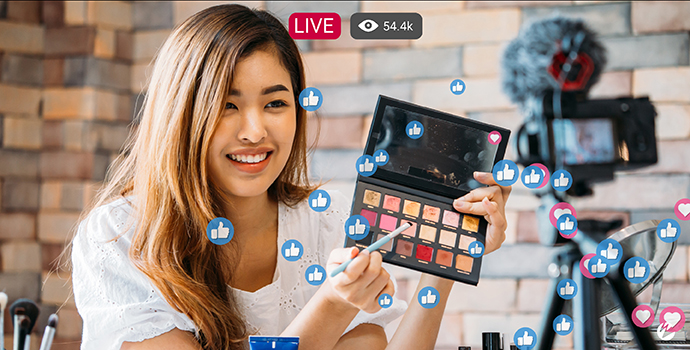5 Live Streaming Use Cases to Watch for in 2021

Streaming technology is flexible enough to benefit every industry. And while for many, ‘streaming’ is synonymous with Netflix, that only covers a very specific use case and business model: subscription video on demand (SVOD) for over the top (OTT) broadcasting. Other well-known applications include audio-only streaming for the music industry, remote monitoring for healthcare, and interactive video for virtual fitness.
The video landscape is also dynamic. Technologies like virtual reality (VR) continue to push the limits of how streaming is used, whereas advancements like 5G promise to make content delivery faster, better, and more accessible.
Rather than simply distributing video as a product for passive viewing, today’s most innovative companies are integrating low-latency and interactive streaming into their core strategy. In turn, they’re able to transform the way they conduct business and engage customers.
In this article, I discuss five streaming use cases that have been gaining traction and the industries leading the way.
1. Video-Enabled Remote Operations
Remote operations streaming describes any workflow that enables a physically distant operator to control one or more machines using real-time video. Examples range from video-enabled drill presses and endoscopy cameras to smart manufacturing and digital supply chains.
This use case combines robotics with live streaming, thereby enabling skilled laborers to complete their jobs with greater flexibility. For professions where hazardous conditions may exist, employees benefit from the ability to keep a safe distance. Remote operations streaming also allows for improvements in productivity and the power to accomplish more labor-intensive tasks.
Several capabilities are must-haves when bringing these workflows to life, with low latency and synchronization at the crux. For these scenarios, any delay north of one second could be disastrous.
Maintaining a continuous feedback loop between the device and operator is also key, which often requires advanced architectures leveraging timed metadata. This is where my team of Professional Services engineers can lend a helping hand.
One engineering organization, EWI, recently teamed up with us to develop a remote-controlled robotic streaming architecture for their tele-welding solution. We also worked with an international industrial corporation to enable low-latency machine operations and remote quality control at the height of the pandemic. Web Real-Time Communications (WebRTC) played a critical role in both workflows, supporting less than 500 millisecond delivery time between the worksite and user’s location.
2. Smart Surveillance
Likewise, many of today’s smart surveillance solutions utilize IoT devices to deliver live video. Coastguards use drones for search and rescue, whereas health practitioners use live video feeds to detect unusual behavior such as a patient fall.
On-premises security and public safety often come to mind when discussing surveillance. This can take the form of real-time monitoring of traffic patterns, surveillance for military intelligence, or drones used for wildfire detection.
But surveillance doesn’t just serve the government sector. It’s found its way into consumer products ranging from smart doorbells to baby monitors. Smart surveillance can also be used to survey crop yields or ensure quality control on the production line.
So, what makes these solutions smart? Artificial intelligence (AI) and machine learning (ML).

For instance, a traffic camera might automate emergency response and management with accident detection. Because IP-based video streaming is also more economical to deploy than dedicated fiber-linked cameras, organizations making the switch to smart surveillance can future-proof their IT environment with a more affordable solution.
Wowza has worked with a number of departments of transportation (DOT) and technology companies to enable these solutions, and I predict we’ll continue to see an uptick in the years ahead.
3. Virtual Reality and 360° Experiences
The quality of VR hardware has finally matured enough to support a compelling user experience, and innovators are now looking beyond entertainment to discover much more interesting ways to use this technology. From healthcare to e-commerce, the opportunities are limitless.
Wowza’s Professional Services team has seen the most traction with 360° immersive video, which gives users the ability to control the content by looking around in different directions while wearing a VR headset. For one university, we architected a solution to give every remote student a front-row seat for medical training. Participants could control the angle while watching a live surgery, thereby getting the next best thing to the in-person experience. VR streaming also lends well to memory care for seniors, therapy for individuals with autism, and pain management for children.

On the consumer side of things, VR streaming allows end users to study an item from every angle and experience the immersion of being at a given event or location. Say you’re moving across the country and need to purchase a home ASAP. Instead of waiting until you arrive at your destination, why not get started touring houses via a VR headset?
Our team worked with one organization to power this exact capability for commercial properties, and it shows promise for a host of other needs. Inspections, quality control, walk-throughs, and more could leverage 360° VR technology in a similar fashion.
4. Multilingual Live Events
Because streaming makes it easy to broadcast content around the world, it’s a good idea to also convey the message in a way that global viewers can understand. Real-time captioning and audio language selections both do this, allowing end-users to consume broadcasts in the language most comfortable to them.
Broadcasters are now able to distribute streams with multilingual captions, multilingual audio tracks, or a combination of both. This benefits both non-native speakers and the hearing impaired.
Multilingual live streaming has found its way into webinars, house of worship broadcasts, and conferences. That said, multilingual live streaming is tricky. Low-latency streaming is required to swiftly distribute the source stream to stenographers and translators, as well as a complex workflow. Oftentimes, the multilingual stream is then transcoded and packaged into adaptive bitrate HLS for large-scale delivery.

One leading organization in the live event space, Freeman, partnered with my team to support this capability, which is now being built into the Wowza Streaming Cloud service.
“We engaged with Wowza’s Professional Services group to support low-latency streaming to thousands of attendees with in-player language selection for eleven simultaneous translations and multiple live stenographer captioning options,” explains Felipe Giannazzo, Freeman’s media solutions designer.
“With no comparable existing service, we collaborated with Wowza to deliver an interactive experience to union delegates across the country, allowing users to conduct their business virtually during the height of the pandemic using a new custom-built web platform. Almost a full year later, Freeman continues to offer services to many of the largest unions in the United States utilizing our Online Parliamentary Tool.”
5. Interactive Streaming and User-Generated Content
Interactive live streaming is the combination of internet-based video delivery and two-way data exchange to transform the user experience. In these types of broadcasts, viewers are empowered to influence live content via participation.
Low-latency video delivery is at the core of interactive streaming. After all, it’s impossible to truly react to and influence something that’s already happened. Adding these interactive overlays often involves synchronizing timed metadata, chat functionality, polling, and two-way live video. This integration is key to luring in users.
Third-party tools and custom development are both required to implement these two-way engagement capabilities, which can then be deployed on Wowza’s low-latency infrastructure. Professional engineering services also come in handy when developing such complex environments, allowing broadcasters to outsource architecture design and code development.
In the e-commerce realm, interactive streaming helps drive more sales at higher prices. Why? Because is creates a sense of urgency and enagement for otherwise passive viewers. Whether used to forge direct-to-consumer channels for rural farmers or broadcast virtual makeup demos, shoppable video is changing the industry. And because money is on the line during these interactive video experiences, maintaining synchronized latency across devices is a must.

From digital interactive fitness to social media sites like TikTok, interactivity streaming is becoming the norm. And organizations across the world rely on Wowza to help bring these experiences to life.
Conclusion
There you have it: our list of the five streaming use cases to watch for in 2021. Looking to build something in a different category altogether? Contact us and we’ll discuss how Wowza Professional Services can help bring your idea to life.




